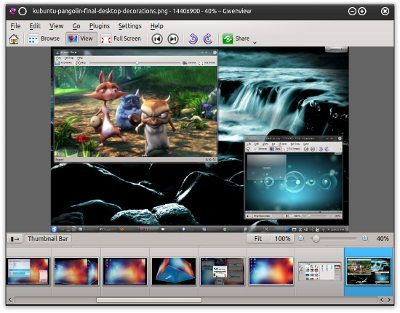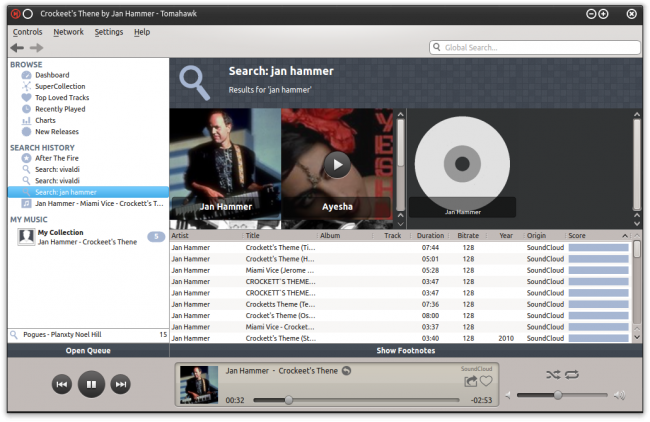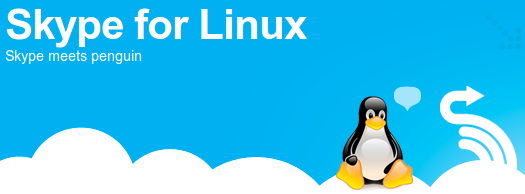KDE vs. Gnome in daily life
November 11th, 2012 by Dedoimedo
This is not a competition. The thing is, you can install any which program on any which distribution, pretty much, regardless of what desktop environment you choose to choose. Instead, this is a friendly reality check for people who prefer this or that operating system. Let’s say you wish to use only the native applications developed for your particular flavor of the desktop. How would your productivity or efficiency or peace of mind change then? We will pit Gnome programs vs. KDE software, across a range of categories. No browsers this time, since we did them only a few weeks ago,… Continue Reading
The Browser State
October 15th, 2012 by Dedoimedo
For most people, the choice of the Web browser is a funny formula of I-used-it-first, whatever is installed by default, followed by look and feel, speed, perceived security, and finally, last but not the least, actual functionality. On top of that, users tend to be quite loyal, or rather quite habitual, to their browsers, and they rarely venture about exploring new options and possibilities, even if they might be technologically superior. I’d like to give you an overview of several top browsers in the Linux world and how they stack against one another across the spectrum of basic requirements that… Continue Reading
Plasma just hit a “Homerun”
September 22nd, 2012 by Luis Augusto Fretes Cuevas
Plasma is KDE’s and therefore Netrunner’s desktop and workspace. I’ve explained what Plasma is and how to change it to your liking in the past. Unlike its competition KDE puts the user in charge of his or her desktop, and in the mobile age of technology, KDE should get an easy and pleasant experience for touch-input devices as well mouse pointing devices, specially when Windows 8 is coming out, and many people migrating from a Windows 8 PC will now have this feature. This is where Homerun hits the scene, developed by Aurélien Gateau and Shaun Reich, whom contribute to Gwenview… Continue Reading
Music players shakedown
September 18th, 2012 by Dedoimedo
Playing music is easy, just choose a media player of some sort and fire up a few songs. With the right plugins or codecs installed, you will hear sound pouring from the speakers. Easy. However, finding the right software to suit your needs, taste and mood, and help you organize music – is not. Today, we have a little contest coming up, between Amarok, Clementine, and Tomahawk. Amarok As you probably know, Amarok is a popular music player for KDE desktops, perhaps the most popular. The list of capabilities is truly impressive. Amarok will run on Windows, if you are so… Continue Reading
Meet Web Accounts
September 8th, 2012 by Luis Augusto Fretes Cuevas
As we pointed out last week, Netrunner isn’t just any Linux distribution, it’s a truly web enabled experience. As such it recognizes that in the modern world most users don’t store their contacts or calendars on their local hard drives, rather this type of information is stored in the cloud. Dryland Second Edition provides the necessary tools to be useful in this new world, not only by offering ways to sync your cloud stored data with it, but rather making it as straight forward as possible. While applications like Kontact have always support this kind of integration, these features were… Continue Reading
Meet Runners-ID
August 21st, 2012 by Luis Augusto Fretes Cuevas
Netrunner is not just another Linux-based distribution, it has a clear web connected vision of the future, this can be seen as soon as the cursor appears: Web Accounts, Runners-ID, Network Drives, web apps readily available on the main menu, are the first contact users will have with Netrunner. A few weeks ago we published a video on our channel showing Runners-ID, but this well designed feature not only deserves an article of its own, it deserves to be compared with some major mainstream offerings, including those of the Internet giant known as Google Inc. In the aforementioned screencast, I… Continue Reading
Telepathy – I can read your chat
August 20th, 2012 by Dedoimedo
Hullo, my first article here, and I’m blithely taking on Telepathy. Officially, Telepathy is a software framework which can be used to make software for interpersonal communications such as instant messaging, Voice over IP or videoconferencing. Telepathy enables the creation of communications applications using components via the D-Bus inter-process communication mechanism. Through this it aims to simplify development of communications applications and promote code reuse within the free software and open source communities by defining a logical boundary between the applications and underlying network protocols. But that’s geek lingo. For normal people, this is an instant messaging client with additional audio… Continue Reading
Skype 4 is out
June 16th, 2012 by Luis Augusto Fretes Cuevas
The most popular VoIP service has release a new version of their Linux application. Finally achieving parity with the Skype apps on Windows and Mac OS X. Skype was recently bought by Microsoft and this beta has been in the labs for so long I can’t remember. So this release may serve to calm fires regarding whether it will keep supporting Linux. In fact, Skype’s support just gets wider and wider, ironically though, the worst of all its apps is the one for Windows Phone 7. New in this release, codenamed Four Rooms for Improvement, are the new call interface (which… Continue Reading








